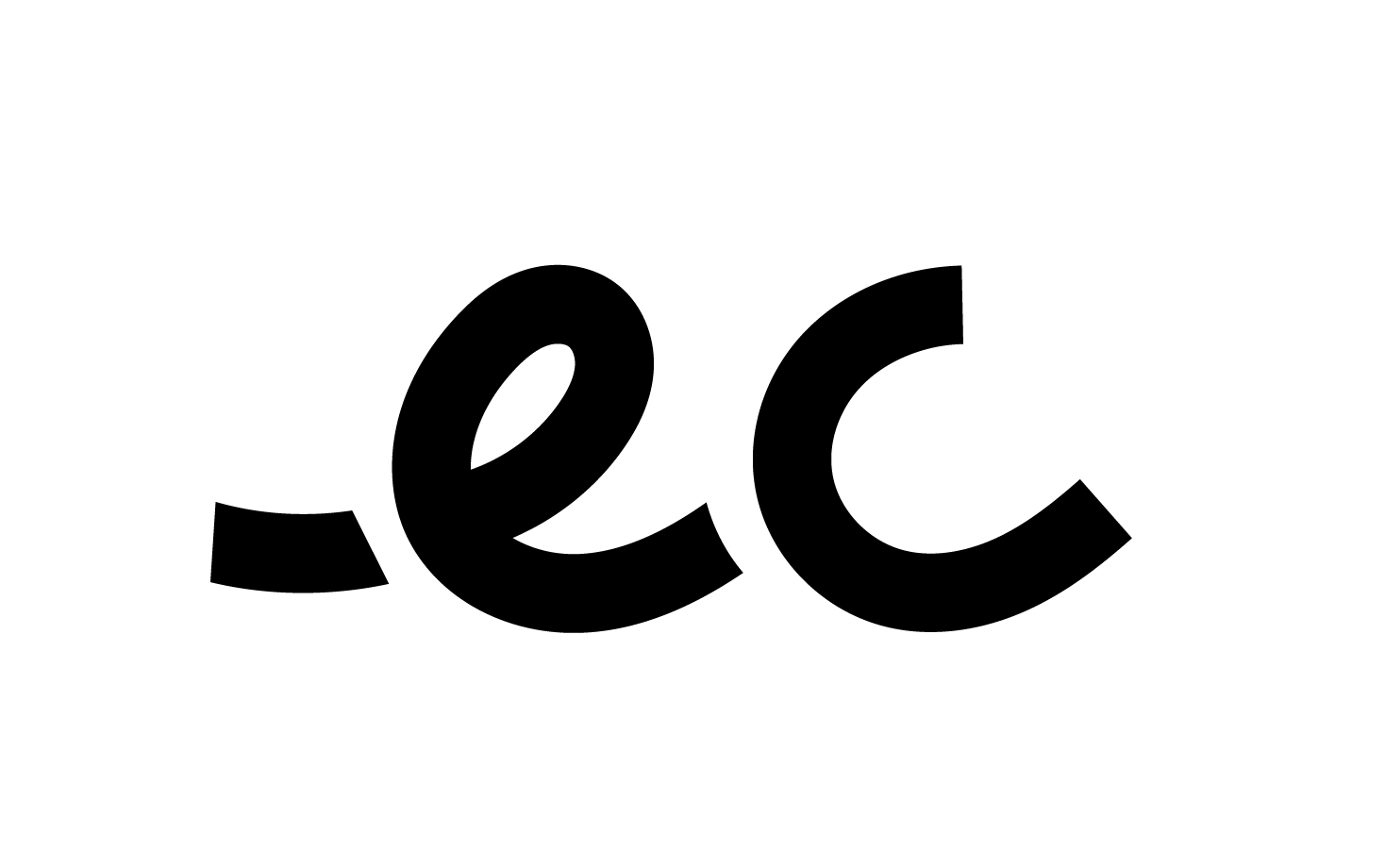UX/UI Design Work for Mobile
Team: Andrew Tam, Scott Reeve, Dev Team
Role: Wireframing, UI + Visual Design, Prototyping, Design Specifications, Mockups
Tools: Adobe Illustrator, Adobe Photoshop, InVision
*This project is protected by a Non-Disclosure Agreement (NDA).
Understanding and defining the goals.
Offer flexibility, user customizations, efficiency and an establishment of clear funnels to help users complete a necessary task.
Bring a refreshed update and enhancement of the user interface and user experience — ensuring cohesiveness with BlackBerry’s existing visual branding.
Consider new updates in order to serve a more diverse group of users.
Attract new users and re-ignite interest in the product.
Familiarizing myself with the existing visual branding and interface helped me catch the details that had gone unnoticed.
Because BlackBerry devices run on the Android operating system and I was a new user to Android, I had to familiarize myself with the current interface and review Google’s Material Design Guidelines online. There were many functions, behaviours and details that were crucial for me to be comfortable and well-acquainted with. Being new to the Android operating system gave me the opportunity to catch subtle details that were overlooked by the team who were already very familiar with it.
Logging common frustrations from user reviews helped me highlight and prioritize tasks.
Furthering my resources, I took some time to read over current users’ reviews on the Google Play Store and through online forums. Understanding how current users felt about the product both introduced new insights on what they were looking for and allowed me to take user needs into the decision-making process.
Through my exploration and research, I was able to discover inconsistencies and complex, multi-step funnels to complete tasks — details that could possibly pose user confusion that the design team had overlooked.
When I was presented with focus areas and suggestions to explore regarding the user interface and experience, it challenged me to step back and question whether a real problem exists and change was necessary.
Brainstorming and communicating my design propositions to the team.
Speaking with the product team, I compiled several questions/suggestions they wanted me to consider.
For each question or suggestion, I generated three to five possible design solutions in the form of wireframes for the team to consider. Organized into a presentation, I presented my design solutions with rationales to the development team for further evaluation.
Listening to the developers’ feedback, I was able to gain a better understanding of the feasibility aspect of translating a design into a working prototype. Once the team agreed on which design solution to implement, I created a design specification with high-fidelity mockups that detailed the placement/colours of each element. This way, I could ensure the developers were implementing the designs accurately.
The design specs I created were then passed on to the Software Verification & Validation Team (SV&V) — where final implementations are reviewed to sign off for shipping.
Active interaction with product and development teams led to accountable and efficient collaboration.
The process of this project continually challenged me to maintain effective communication with employees on the development team. I attended demo days with the development team, facilitated meetings and exchanged conversations with them throughout the week, presenting my design decisions and rationale while also ensuring the designs were implemented as intended. This includes having to walk over to their desks to get clear immediate answers — and sometimes even rolling a whiteboard to their desks. By doing so, connecting with the teams were also crucial to ensure questions were answered and prevent the development process from lagging behind on deadlines.








